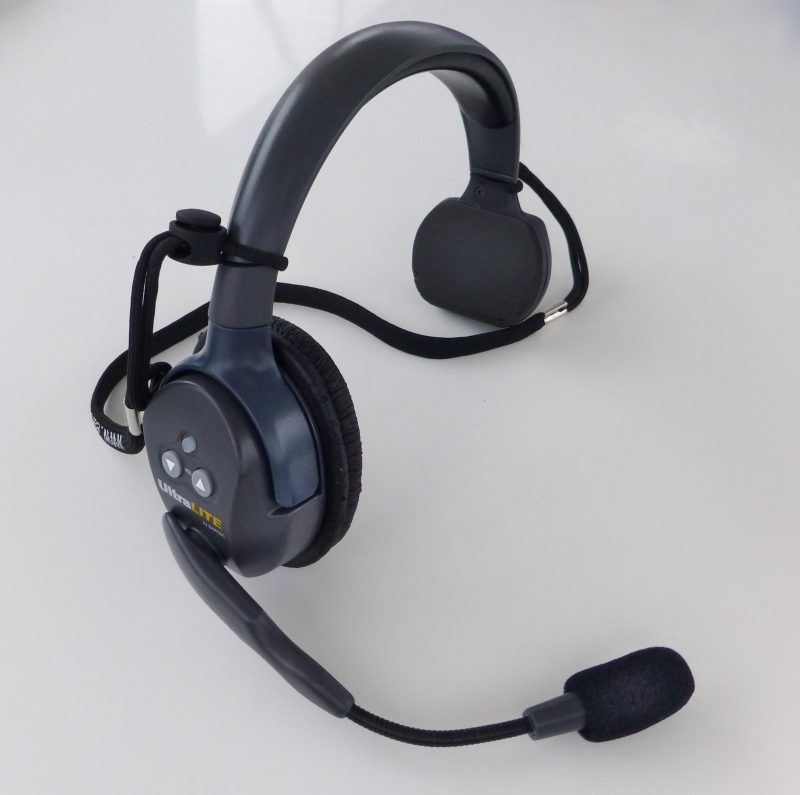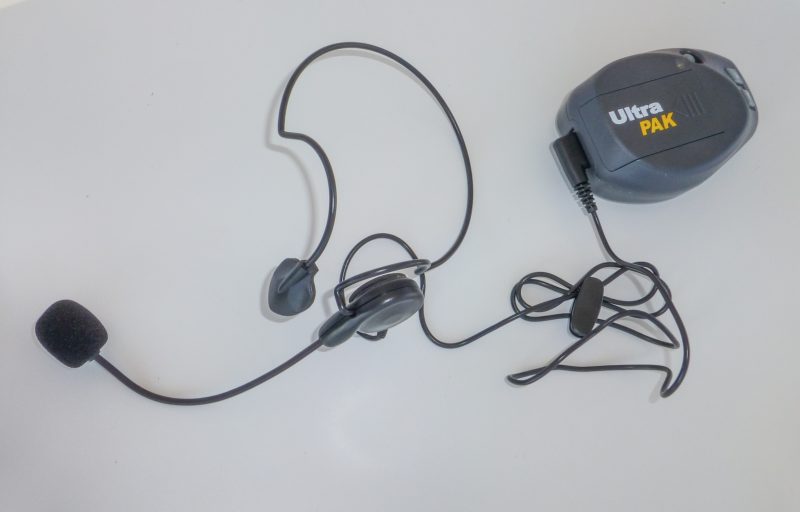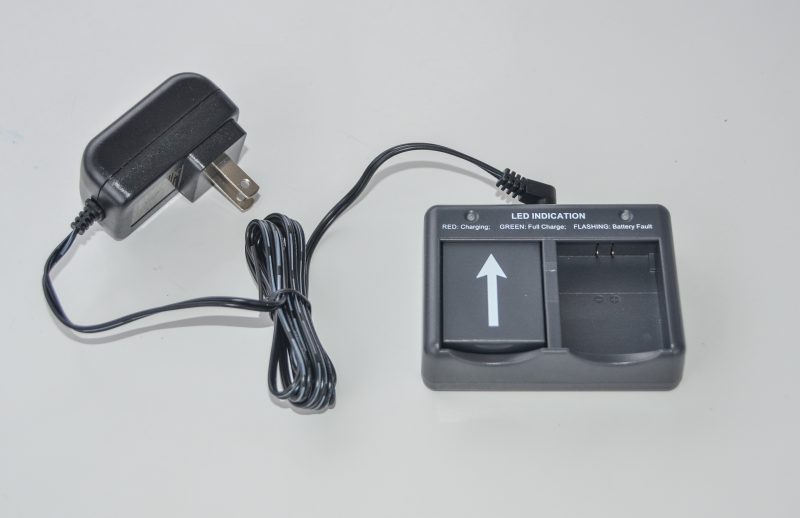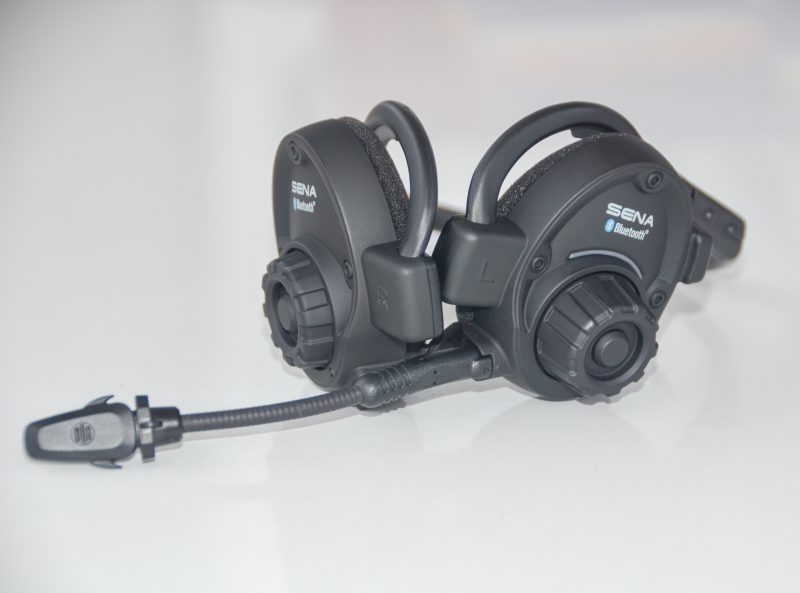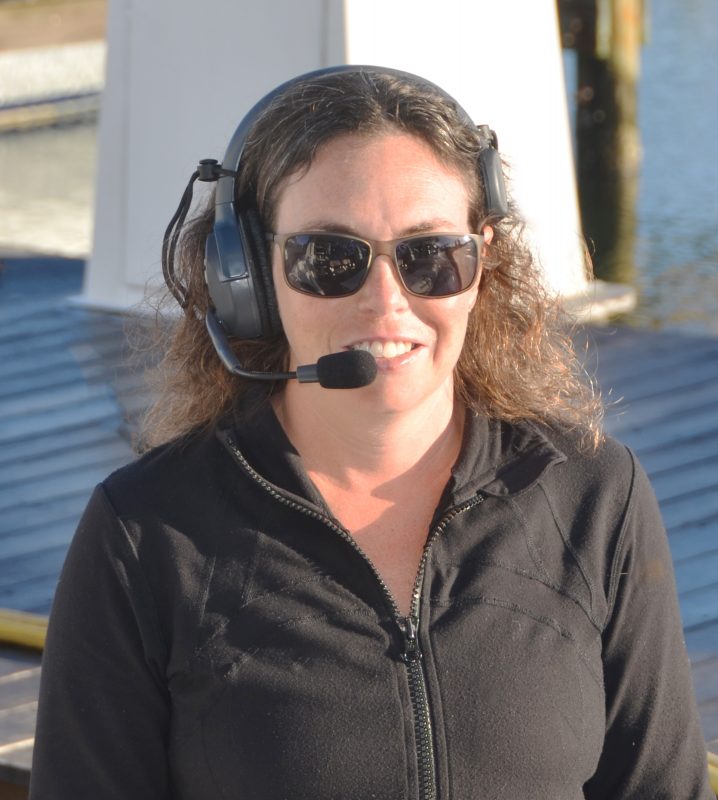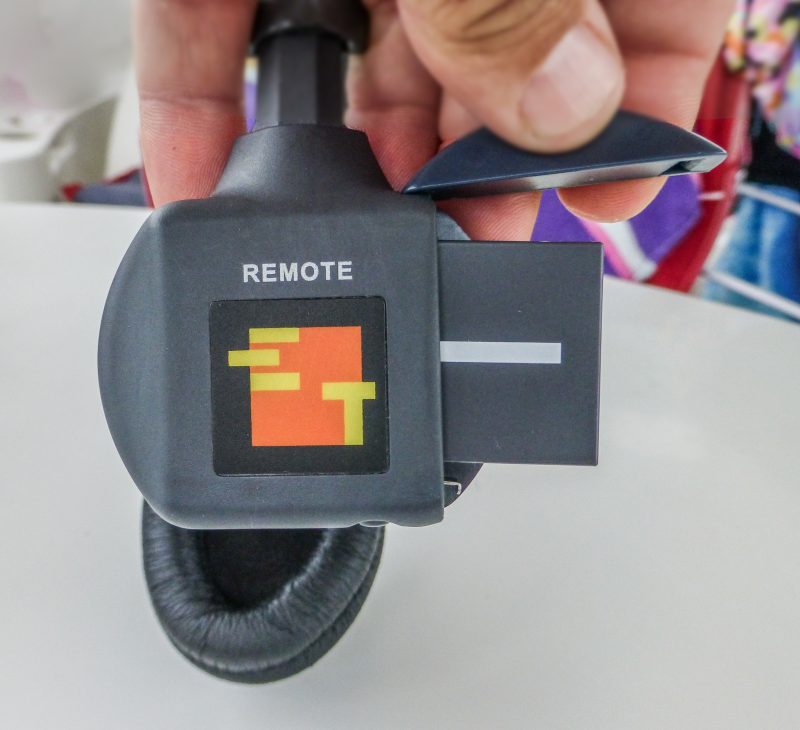
Do These 4 Things Now To Help Ensure a Summer of Safe Boating
By: Pdbmagazine.com
Boatyards, marinas and clubs are waking up after a long winter’s nap, and boaters have begun preparing their vessels for the season. While the boat needs to be looked at and readied for a summer of fun, so does your safety. The BoatUS Foundation for Boating Safety and Clean Water says that doing these four free or low-cost things now will help ensure a summer of safe boating.
1. Get a free Vessel Safety Check: Where else can you ask a professional to go over your boat to ensure it’s safe and has all the required safety equipment? And if the boat is not up to snuff, you won’t be penalized in any way and will instead get some welcome, friendly advice on how to improve. That’s what a Vessel Safety Check does, so schedule a Vessel Safety Check now. Offered by the U.S. Coast Guard Auxiliary and the U.S. Power Squadrons, Vessel Safety Checks are completely free, and you may be surprised by what they find.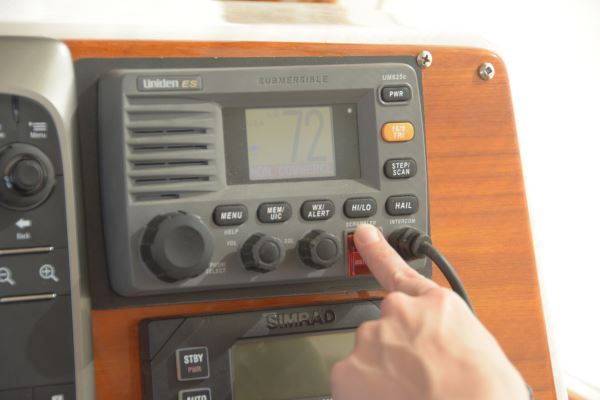
2. Register your DSC-VHF Radio to get your MMSI number: Digital Selective Calling (DSC) VHF radios can greatly reduce rescuer response times – but only if you have taken the time to register the radio and request your vessels’ unique Maritime Mobile Service Identity (MMSI) number. If it’s not registered, or still registered to the prior boat owner, you’re not helping yourself and could likely waste valuable response time in an emergency. BoatUS offers DSC VHF radio registration to the public for $25 or free to BoatUS members.
3. Inspect and prep your life jackets: Inflatable life jackets need to be opened up every season to ensure they are in good shape. Regular (noninflatable) life jackets need to be brought out of hiding, inspected, and placed in locations aboard the boat that make it very easy for passengers to access. Life jackets are no good (and not legal) if they are buried at the bottom of a storage compartment and not “readily available.”
4. Take a free boating safety course: The numbers don’t lie. The U.S. Coast Guard reports that 81 percent of boating fatalities occurred on boats where the operator did not receive boating safety instruction. Recognize the upshot of these statistics and get instruction now at BoatUS.org/Free. The free online BoatUS Foundation state boating safety course easily fits into busy schedules, allowing course takers to stop at any time and pick up again later where they left off. It could also earn your state’s boating safety certification. BoatUS membership is not required.
For all your accessories and/or vinyl flooring visit Pontoon Depot's shop site.

With Some Changes, Pontoon Boats Make a Comeback in The US!
Pic By: A pontoon boat at the Baltimore Boat Show at the Baltimore Convention Center (Kenneth K. Lam / The Baltimore Sun)
Written By: Baltimore Sun
Back this hitch up into the water, untie all the cables, and rope step onto the vinyl floor, and get yourself a coozie, Let's go….
Long before the pop-country group Little Big Town introduced its No. 1 hit, "Pontoon," pontooning has been a part of the boating community in the United States.
Its roots go back more than 60 years to a Minnesota farmer named Ambrose Weeres, who came up with the crazy idea of putting a wooden platform on two columns of welded steel barrels and spending his lazy summer afternoons fishing on a nearby lake.
But those no-frills pontoons, like Hula Hoops and Silly Putty, seemed to be a fading remnant from a simpler time.
Now, they're making a comeback with a few modern frills.
"It's exploded. Pontoons are selling much better than fiberglass boats," said Brian Schneider, whose Tradewinds Marina in Middle River has been selling pontoons for many years now.
In an industry that was struggling with a weak economy, pontoon boat sales now account for half of Schneider's income in boat sales.
Using the same Minnesota-based boat manufacturer that made the pontoon for Little Big Town's music video, as well as, for Kid Rock's video of the 2008 song "All Summer Long," Schneider said that popularity of pontoons is based largely around the fact "they're almost 100 percent usable space."
Who said anything about skiin'? Floatin' is all I wanna do, well you can climb the ladder just don't rock the boat while I barbeque…
Dan Naleppa of Salisbury is considering buying one of Schneider's pontoons after seeing them at the Baltimore Boat Show.
"It's like you're riding in your living room," Naleppa said while attending the show.
Certainly if your living room is stocked with plush couches and other accoutrements, though Naleppa said the 25-foot pontoon he is thinking about buying will not have a barbeque, minibar or some of the other amenities that seem to find their way on what many consider to be the best kind of party boats.
"They've come a long way," Naleppa said. "They're pretty roomy and they can go fast. I also like the fact that you can ride them year 'round, unlike some of the inboard-outboard motorboats I've had."
While a lot more high-tech than "The Empress" and the other boats that Weeres, who became known as "Mr. Pontoon," built en route to being inducted in Minnesota's Marina Hall of Fame, the modern pontoon industry has seen a revival in recent years. They're cheaper to make, easier to maintain, less than half the weight of comparably-sized fiberglass boats and more environmental-friendly because they typically need smaller engines.
"It seems like they're everywhere now," said Matt Finklestine, who sells pontoon boats in Lake Raystown, Pa. "Nothing is going to be a smoother ride than a pontoon boat because you don't ride on top of the water, you ride in the water. They're light, they're easier to trailer. The fiberglass chips don't break off and it makes it much easier to clean."
According to Finklestine, whose Full Performance Marine sells "everything from jet skis to 45-foot yachts," he has seen a resurgence in the past years. Finklestine said his 15-year-old company has gone from selling around two dozen aluminum pontoons in 2005 to five times that last year. The lakes around central Pennsylvania are among the most popular for pontoon boating.
"The difference between a pontoon and a regular boat is that with a pontoon, you have a lot more room. You can fit on twice as many people and you can pretty much cut the cost in half because they're very easy to make," Finklestine said at the Baltimore Convention Center, where a couple of his company's higher-end pontoons were on display and for sale during the Baltimore Boat Show.
Reach your hand down into the cooler, don't drink it if the mountains aren't blue, try to keep it steady as you recline on your black inner tube
The basic concept of the pontoon hasn't changed much since Weeres first introduced his boat, it's now a vinyl deck rather than wood attached to aluminum barrels, but pontoons have certainly been upgraded over the years to include everything like woven vinyl flooring for what essentially becomes the best under your feet feel, plus is slip resistant.
The size of the boats haven't changed (typically between 15 and 28 feet long) but they can be custom fit for whatever you need, fishing, cruising, skiing or racing.
The cost depends mostly on the size of the motor used, ranging from $15,000 to $80,000, according to industry experts. Pontoons can go as fast as 55 mph, but most are built to go a lot slower.
"The difference between a 50 horsepower and a 250 horsepower could be $20,000," said Finklestine, whose company typically sells pontoons with 90- to 115-horsepower motors. "A 28-foot fiberglass is more than $100,000, double what a pontoon costs."
Finklestine said pontoons are perfect for someone who "wants to fit a lot of people on the boat, wants some room for his kids to run around on and doesn't care about having the fastest boat on the lake."
Naleppa said he is looking forward to having his pontoon out on the Chesapeake Bay, as well as the Wicomico River and down to Ocean City this summer with family and friends, and was told that a 25-footer can comfortably seat around 10 and as many as 17, about double what can fit on a fiberglass motorboat.
Though mostly used on lakes, some pontoons have now become stable enough to operate on open bodies of water such as the Chesapeake Bay because of advanced technology. Schneider said he took "a gamble" bringing pontoons to local sailing aficionados who might be fearful that the pontoon would capsize in rougher seas.
Schneider said Premier Pontoons' development of a "PTX" center tube "lets the pontoon boats handle like a fiberglass boat." Though he doesn't recommend anything under a 20-footer on the Chesapeake Bay, "they're very stable, you've just got to get the bigger pontoons."
5 mile an hour with aluminum side wood panelin' with a water slide can't beat the heat, so let's take a ride on the pontoon makin' waves and catchin' rays up on the roof jumpin' out the back, don't act like you don't want to party in slow motion, I'm out here in the open Mmmmmmm...motorboatin' on the pontoon!
For all your accessories and/or vinyl flooring visit Pontoon Depot's shop site.

Full Duplex Wireless Headsets, Truly Marriage Savers!
By: Panbo
I’ve often heard wireless headsets referred to as marriage savers but before cruising full time I didn’t realize the accuracy of the nickname. Now after several years of regular use, I wouldn’t want to cruise without them. But there are multiple brands and types of headsets, and two we’ve used extensively each has its own strengths and weaknesses.
Before getting into the details, I’ll explain when the headsets became important to us. Early on, it was fairly easy to tie up at our home slip in Chicago with dock lines preset and a well-understood plan, and unfamiliar docks were definitely the exception. But when we began cruising, nearly every docking was at a new slip and frequently prone to last minute changes. Chaos sometimes ensued.
Have Another Day has a stern docking camera with a good view of the swim platform and a microphone in the camera. That microphone allows me to hear my wife, Laura, when she’s standing in our cockpit and frequently a dockhand standing near the stern. This could lead to dialogs that went something like this:
- Dockhand to Laura: Do you want this line cleated off?
- Laura (looking at the camera): Do you want the line cleated?
- Me (in a fairly normal voice): Yes
- Laura: Ben, do you want this line cleated off?
- Me (in a louder but still not shouting voice): Yes
- Laura (in a more insistent tone): BEN, do you want this line cleated off?
- Me (in a full shout): YES
- Laura (in an annoyed tone): Okay, but you don’t have to yell…
After a few of those exchanges, the need for better communications was clear. With a little research, I determined that there are two companies with strong products to suit our needs.
Eartec UltraLITE
The Eartec UltraLITE headsets use DECT 6.0 — the standard developed for cordless phones that finally made them work reliably, if you remember those — in the 1900mhz frequency range. The UltraLITE headset is available in single and dual earcup designs depending on the user’s preference and up to five headsets can be connected to each other for full-duplex communications between all headsets. Full-duplex is the ability to both talk and hear the other person at the same time, unlike some alternatives like VHF handhelds.
Each UltraLITE system consists of one master headset and up to four remote headsets, and the master must be powered up for any headsets to be able to converse. Eartec offers their headsets in bundles with varrying configurations of single and dual ear-cup ranging from $385 for a two person, single ear-cup system to $1,020 for a five person, dual ear-cup system. All configurations include batteries, charger and a carrying bag. If more than five headsets are needed an Eartec Hub can be used which allows up to 9 headsets to converse.
Ultralite self-contained headsets can also be paired with the ULP1000 beltpack which supports a number of corded headsets. UltraLITE and beltpack headsets have an advertised range of 400 meters in open areas.
The headsets and beltpacks all use a common lithium-ion rechargeable battery back. Eartec includes either a 2 or 8 battery charger based on the number of headsets in the bundle ordered. Additional chargers are available to charge either two ($50) or eight ($80) batteries at a time. Eartec says each battery lasts 6 hours on a charge.
Sena Headsets
Sena’s line of headsets use Bluetooth to connect to each other and also to mobile devices. So, in addition to being used as an intercom, the Sena headsets can be used as a Bluetooth headset for phone conversations and as stereo wireless headphones to listen to music. Sena’s headsets can support up to four parties in an intercom session.
Sena has four different models two lightweight models and two more rugged and water resistant models. The $150 Expand with a short fixed microphone is the lowest priced model, the $180 SPH10-10 adds a flexible boom microphone, a jog wheel to control it and a wired auxiliary input. The more rugged Tufftalk series has sound deadening capabilities for high noise environments and also have FM radios built in. The $250 Tufftalk Lite is the entry model, while the $400 Tufftalk is the most rugged and heavily built of the lineup.
Sena says their headsets have a range of up to 800 meters in open areas.
How do they compare?
Whichever headset brand you choose you won’t go wrong, but the two companies’ products have quite a few differences and you may find one brand fits your needs better than the other. Overall, I’ve found the audio quality to be higher on Eartec’s headsets. The Sena’s audio quality is perfectly acceptable (I would equate it as similar to telephone call quality), but the Eartec’s quality is really good. But then again, Sena’s ability to make or take phone calls –like maybe with the marina office– or listen to some soothing music in the background may be more valuable to you.
All of Eartec’s self-contained units (those without a separate belt pack and headset) are over the head style and come in a single headband size. I have an abnormally large head and hence have had no troubles with UltraLITE staying on my head, but my more normal wife has found that if she leans forward too far the headset slips off. The Sena’s Expand and SPH10-10 are both behind the neck style which seems to better fit smaller heads.
The Eartec units are a little simpler to get connected for conversations between more than two headsets. UltraLITE headsets ship be paired to a master unit and can all be used together as soon as they’re powered up. The Sena headsets will automatically establish a two-party conference On power up, but each additional headset has to call one of the active pair to join the conversation. This isn’t hard to do — it’s initiated with a simple button press — but it’s another step that must be completed before everyone is talking together.
The Sena units are only available in dual-ear designs with both ears covered. In docking situations, I would prefer to have one ear uncovered to be able to hear what’s happening around the boat as well as what my crew is saying. Eartec has models with both single and dual ear cups.
Although the Sena headsets have a longer stated range, in my testing I found the Eartecs to work over greater distances. The Eartecs both went further before audio began to break up and worked a greater distance before the audio became so garbled it couldn’t be understood. Both headsets provide real-world range of several hundred feet with good quality and working through multiple decks into the engine room has never been a problem, so I don’t think range will be a major factor for either company’s headsets.
This summer while navigating a challenging area Laura used our dinghy to lead Have Another Day through the shallows. We’ve done this before with two-way radios but with headsets we were able to comfortably converse without breaking concentration or taking hands off the vessel controls for the radio. We also frequently use the headsets in a lock and while performing maintenance tasks in the engine room that requires someone at the helm.
We have been thrilled with the difference full-duplex headsets make while docking. Instead of minimal communication at a yell, we are able to carry on conversations in a normal speaking voice and calm tone. Docking can be stressful and nothing gets my stress up faster than having someone who can see part of the boat I can’t yelling something I can’t make out. I’m left to wonder: Should I stop? Should I throw the boat in reverse? Should I keep going? With headsets, I know the difference between “someone fell in so stop everything“ and “oh look, a dolphin.”
For all your accessories and/or vinyl flooring visit Pontoon Depot's shop site.
- Amy Cabanas
- Tags: Boating Boating Safety DIY Family polite boating Pontoon Accessories pontoon boat respectful boating tips

Weird Fishing Reel Tech Update (REALLY WEIRD) | Pontoon-Depot
Ummm... why are you putting that fishing reel into a refrigerator?
Have you ever spooled up a reel with braid, and then become flummoxed when it spun freely around the spool? Yep, it’s happened to us too. So like most folks, we figured the braid had been put on too loose. We stripped the spool, and re-spooled it under more tension. And it seemed to work fine – until it didn’t. The usual solution? Tie 10 or 20 feet of mono to the braid, and reel that onto the spool first. Well fellow anglers, we have some very interesting technical information to share with you.
This all started when FishTalk reader Walt Tomczykowski bought and spooled a pair of new reels early this past winter. Everything seemed honkey-dory, until on a chilly December afternoon Walt discovered that the drags on both reels had somehow mysteriously failed. Further investigation showed that it wasn’t a drag issue, but the braid line was spinning freely around the spool.
Most of us would have simple re-spooled with a longer mono backing. But not Walt. Oh no, he just couldn’t be satisfied. Being a reliability and quality engineer in addition to being a fish-head, Walt started thinking about the problem on a technical level that most of us strive to avoid.
“In the comfort of my kitchen everything worked fine,” Walt explains. “After a long drive to fish at a favorite fishing spot, in the 40-degree temperatures it did not. But back at home, it worked again.”
Tomczykowski began applying a barrage of tests. In one, he placed the reel into his refrigerator to simulate a chilly outdoor temperature – and that’s when the problem arose again. He taped a thermocouple (a sensor that measures temperature) to the spool, and when it hit 50 degree, the reel started to work once more. The experiment was repeated with no line and with all mono, and the reel worked perfectly fine in all temperatures from 32 degrees to room temperature. Finally, with some mono backing (enough for a couple of layers around the spool) the experiment was performed one more time and the reel works in both the cold and at room temperature, too.
“Isolating the issue to the spool and use of braid, I realized the lightweight aluminum spool was contracting with the temperature change,” Walt explains. “I didn’t think about the new slick spectra braid not contracting. I ran calculations on my spool in question, with a length of 0.625" and a radius of 0.5", determined the surface area of the spool, and applied the coefficient of thermal contraction for aluminum and a delta T of 34 F.” (Editor’s note: huh???)
“The change in area was 0.001749 inch square, or in other words approximately 1.8 mils or a couple thousandths of an inch.”
Thank you, Walt (does anyone have an Advil?) We further note that Spectra maker Jerry Brown recommends: "Spool the first full layer of Spectra onto the spool in a close side-by-side fashion under tension of six to eight pounds of pressure over the tag end,” to eliminate this issue. But Walt goes on to note, “To account for variance, or to minimize the risk of human variability or improper spooling (as noted in your staff's Five Tips for Winter Tackle Maintenance article), if the spool does not have a braid-ready rubber ring, adding tape or a layer of mono easily makes up for any shrinkage that may occur.”
Finally, Walt notes that you can test before you cast, by simply putting your new reels into the refrigerator for about 10 minutes. His wife has no comment.
For all your accessories and/or vinyl flooring visit Pontoon Depot's shop site.
- Amy Cabanas
- Tags: Boating DIY Entertainment fishing tips tips

